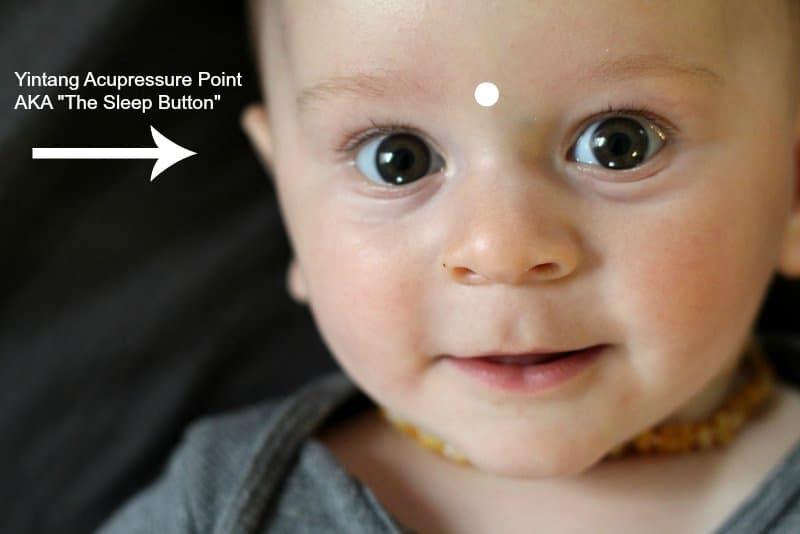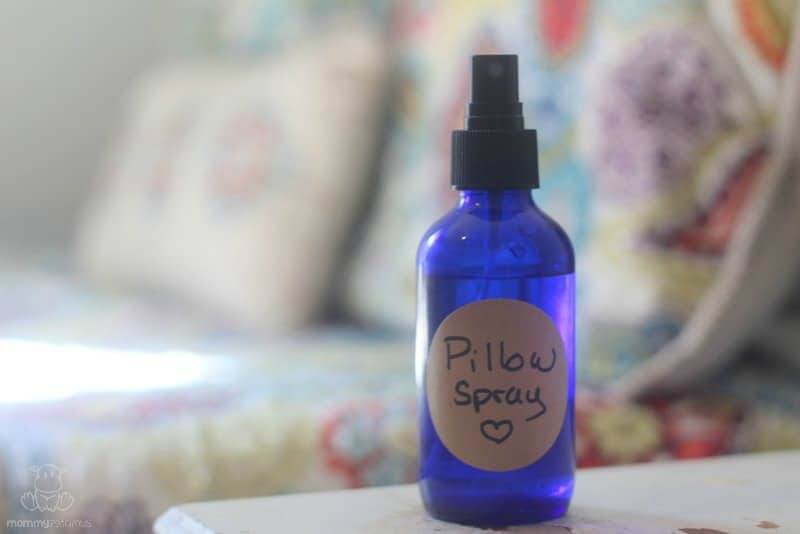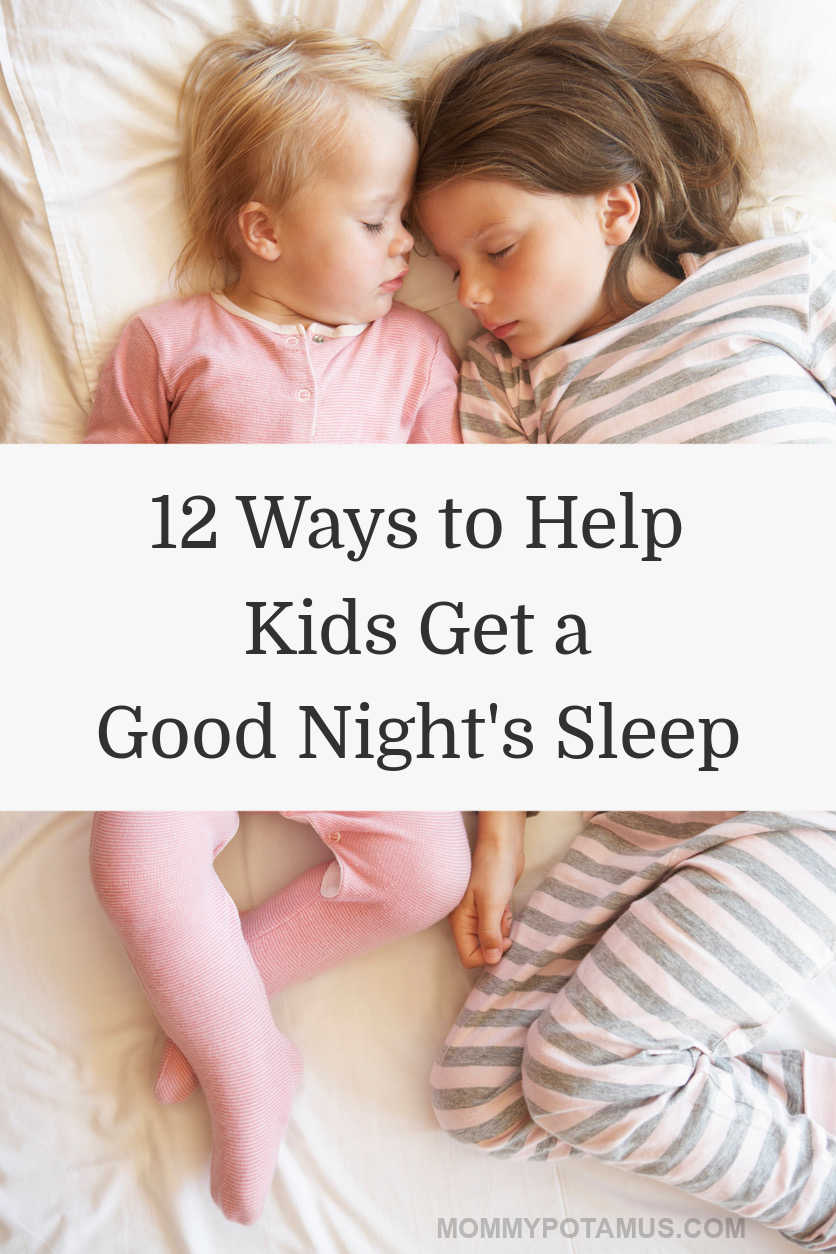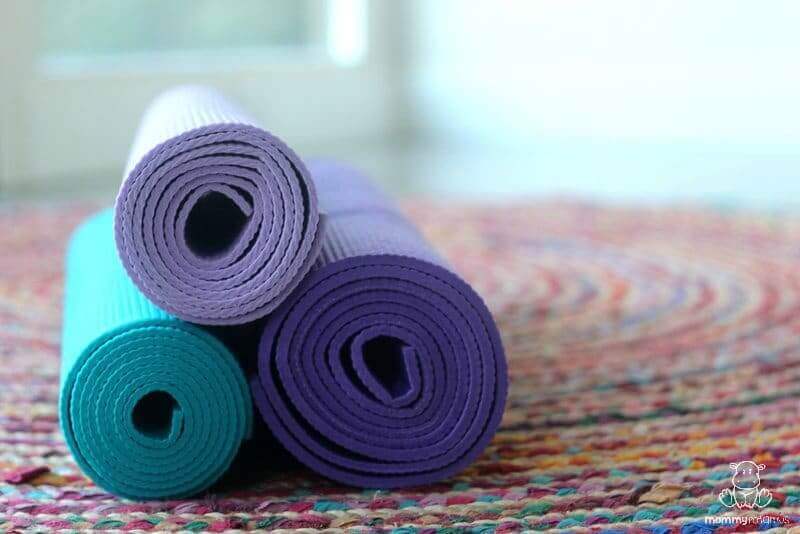10 Ways To Help Kids Get A Good Night’s Sleep
As parents, we’re all too familiar with the . . .
Five stages of child-induced sleep deprivation.
DENIAL: “I’m getting enough sleep. Everything is fiiiii zzzzzzzzzzzzzzz? Wait, what happened?” [wipes drool with back of hand]
ANGER: “How can I rig the doorbell so that everyone who ignores my ‘sleeping baby’ sign gets a shock? Just kidding. No, really.”
BARGAINING: “Baby, if you stay asleep all night mommy will buy you a pony . . . or a diamond encrusted portable potty. Or whatever you want. WHAT DO YOU WANT, BABY?”
DEPRESSION: “It’s a miracle, the baby slept until 9am! What do you mean today is Daylight Savings?”
ACCEPTANCE: “Can I get an extra shot of espresso in that, please?”
What’s not as well known is how poor sleep – both quality and quantity- affects our children.
ADHD-Like Symptoms
Rather than walking around like zombies – or mombies, in our case – children often become hyperactive. In fact, according to this New York Times article, “sleep experts note that children who lose as little as half an hour of needed sleep per night — whether because of a sleep disorder or just staying up too late texting or playing video games — can exhibit behaviors typical of A.D.H.D.
Not only is a misdiagnosis stigmatizing, but treatment of A.D.H.D. can exacerbate sleeplessness, the real problem. The drugs used to treat A.D.H.D., like Ritalin, Adderall or Concerta, can cause insomnia.”
Impaired Immune Function
According to this study, inadequate sleep increases inflammation markers in our bodies and lowers immune function.
Newer research also suggests that it may interfere with a process we are just learning about, which is that the brain appears to flush toxins while we sleep.
Increased Risk Of Obesity And Diabetes
According to a study published in the journal Pediatrics, “Children who get less sleep in infancy and early childhood may be at greater risk of being overweight or obese during mid-childhood . . . The authors propose various mechanisms that might explain how chronic sleep deprivation could contribute to weight gain. For example, lack of sleep may make children feel hungrier and less full. Sleep deprivation may also affect levels of hormones that have been linked to abdominal obesity, such as cortisol, or may upset the body’s circadian clock and gene expression. (source)
Meanwhile, the Journal of Sleep & Sleep Disorders Research states that “Abnormalities in sleep quantity, sleep quality, circadian alignment, and melatonin regulation increase the risk of type 2 diabetes.”
What can we do?
If you’ve read my 18 Science-Backed Sleep Tips, you’re already well on your way to helping your entire family get deeper, more restorative sleep. We’ll get to those in a minute, but first . . .

10 Ways To Help Kids Get A Good Night’s Sleep
Though all of the suggestions in my sleep tips post (except #12) are appropriate for children, here are some suggestions that are tailored just for kids.
1. Help Them Wind Down With Kid-Safe Herbs
As mentioned in my sweet dreams tea recipe, catnip, chamomile, and passion flower are all gentle, kid-safe herbs that assist with relaxation. In addition to their popularity among herbalists and even children’s books (remember how Peter Rabbits mom used to put him to bed with chamomile tea?), these herbs are now making their way into research.
According to this PubMed review, the relaxing effects of chamomile may be due to a flavonoid called apigenin, while this study found that passion flower improved sleep quality when taken as a tea before bed.
In addition, one study showed that lavender’s aroma improved sleep in individuals suffering from insomnia. When brewed as a tea, lavender buds release their aroma while adding flavor.
If your kids don’t love tea or you need to simplify your bedtime routine, this sleep tincture can be made in advance with just a few minutes of active prep time, then given before bed without the need to boil water and wait for the tea to cool.

2. Try this acupressure technique
“If you’ve ever wished there was a ‘go to sleep’ button on your baby, then you might find it in the acupuncture point, Yingtang. This point is located above the bridge of the nose between the eyes. This very relaxing acupressure point can induce sleep in even the most reluctant sleeper. Massaging this point can greatly improve sleep. You can massage upward with medium strokes until the baby drifts off to dreamland. It is good for adults, too.” – 12 Acupressure Points For Pediatric Sleep Improvement And Wellness Support
I’ve found this technique to be helpful with my older kids as well, particularly on days when they are overtired and/or emotions are running high. I just stroke the acupressure point and let them share whatever is on their mind while I listen.
For several more intensive protocols that may work better for some children, check out Jennifer Taveras, L.Ac.’s 12 complete guide: Acupressure Points For Pediatric Sleep Improvement And Wellness Support.

3. Get oily
I mentioned aromatherapy in 18 Science-Backed Sleep Tips, but here I want to list a few oils that are generally considered safe for use with children along with some ways to use them. First, a few oil suggestions:
- Lavender
- Sweet Orange
- Cedarwood
- Roman Chamomile
- Marjoram
- Vetiver
- Sandalwood
Ways to use essential oils at bedtime:
Pillow Spray: Make drifting off to sleep so much sweeter with a relaxing pillow spray. Mix 30 drops lavender essential oil* with 3 tablespoons vodka and stir. Add 3 tablespoons water and pour mixture into a 4 ounce spray bottle. Children love to spray their own pillows.
* Another relaxing essential oil can be used, but you’ll want to make sure that it’s clear so that it doesn’t stain your linens. I don’t recommend using oils such as sweet orange in pillow sprays because they have a slight yellow tint. It may not cause a problem, but I prefer to be on the safe side.
Diffuser Blend: Alternately, you can place 10 drops in a diffuser and let it run in the bedroom for about thirty minutes prior to bedtime and about fifteen minutes after the child has gone to bed.
Topical Application: I once thought that topical application was the best way to help the body absorb essential oils, but I’ve since learned that some experts believe inhalation is more effective due to how the oils interact with the delicate mucosal lining in our respiratory tract. Inhalation is my preferred method for bedtime, but application works as well. I typically opt for hydrosols (which are more gentle) for children under two, but for older kids I use the following dilutions:
- 1% dilution for ages 2-5 (1 drop of essential oil in one teaspoon carrier oil)
- 1.5% dilution for ages 6-15 (3 drops of essential oil in two teaspoons carrier oil)

4. Try audiobooks, reading, classical music or Sleep Genius
As early as day one, children have a physiological response to the sounds in the environment around them. In this study, infants heart rates, respiration rates and oxygen saturation levels changed based on the type of music played nearby. Soothing sounds in the form of classical music, audiobooks created specifically for bedtime, or something like the $5 Sleep Genius app can help children relax before sleep.
5. Trade “screen time” for “green time”
According to the National Wildlife Federation, American children spend an average of 7 hours and 38 minutes in front of a screen every day. For every hour spent participating in sedentary activities, this study found that children took and average of three additional minutes to fall asleep.
“Outdoor time improves a child’s sleep in three critical ways. Natural light from the sun regulates the body’s internal ‘sleep clock’, which makes children more alert during the day, and tired at night.” Additionally, it has a calming effect that helps children cope release built up tension from stressful or scary events. Research also suggests that children play harder and release more endorphins when allowed to play in an outdoor setting vs. an indoor setting. (source 1, source 2)
‘While there is no single solution to childhood sleep deprivation, part of having a well-rested child involves trading some ‘screen time’ for ‘green time’, says Kevin Coyle, NWF Vice President of Education and Training, and author of the NWF guide. More play time in natural settings can help kids get a high-quality night’s sleep.’ (source)


6. Assume ladybug pose
According to Mariam Gates, author of Good Night Yoga: A Pose-By-Pose Bedtime Story, a relaxing yoga session before bed “is a reset button for families.”
Gates, who holds a master’s degree in education from Harvard, adds that “We have to teach our kids it’s okay to be disappointed. It’s okay to be sad, angry, happy, proud, excited. All of that is part of this human existence. But we need to be able, at the end of each day, with all those swirling experiences and emotions, to understand that we get to reset.”
You can find 11 kid-friendly, soothing poses to start with here, and you can find Good Night Yoga here.
7. Rethink your night light approach
As I mention in this post, computer screens, t.v.’s, phones and even regular light bulbs emit blue light, which the body perceives like sunlight. According to some studies, blue light exposure after sundown can suppress the release of melatonin, which tells our body it’s almost time for bed. But that’s not all it does – melatonin is vital for health, and low levels can cause more problems than just a rough night’s sleep. (We’re talking an increased risk of cancer, impaired immune function, obesity and heart disease.)
I also shared a couple of inexpensive (or free) tips for filtering out blue light in the evening without giving up our screens, but I want to specifically address some options for children who are more comfortable sleeping with a night light on.
- A Himalayan salt lamp is a good option because it emits orange/yellow light instead of blue. It’s still important to sleep in darkness if possible, though, so I suggest turning it off after the child falls asleep.
- Another option is to use a night light with a timer that turns off after 30 or 60 minutes.
8. Visit your friendly neighborhood pediatric chiropractor
When my babies were restless, I found that taking them in for a chiropractic adjustment usually had two effects:
- Poop explosion.
- Deep sleep.
Both usually happened before I even got them home from their appointment! Fortunately, these days there are no explosions, just happier children during the day and night. And it’s not just babies that benefit, either.
Though there are only a few small studies that have found a positive relationship between chiropractic care and sleep, it is thought to have a calming effect on the Central Nervous System (CNS).
“A study presented at the International Research And Philosophy Symposium held at Sherman College of Straight Chiropractic finds that Chiropractic adjustments have a positive effect on the Central Nervous System (CNS), specifically on the four primary frequencies of brain function.
Brain function is measured on four primary frequencies: Beta, Alpha, Theta and Delta. Alpha waves reflect the meditative, relaxing healing mode. Beta waves represent the active, busy brain. Theta waves reflect light sleep, relaxation and conceptual development. Delta waves represent the brain activity during deep sleep, repair mode and energy storage.” (source)
I recommend going with a pediatric chiropractor – you can find a list of them here.
9. Create a routine
Children who follow a routine before bed fall asleep more quickly, wake less often during the night, and sleep for an extra hour on average, concluded this study.
I share our general routine in this post.
10. Trim the schedule (If needed)
Our tendency is to want to wear kids out during the day, but overscheduling can actually cause sleep problems.
“Participation in too many after-school activities can get kids amped up, pushing back dinnertime, homework time—and bedtime. Compared to 1981, now the average kid has almost two hours less of unstructured time each day. Instead, they spend twice as much time in structured competitive sports, while good old-fashioned outdoor play—the running, jumping, and catch-playing that reduces stress and helps them sleep at night—has dropped by more than half. A rule of thumb: ‘If your kid never says, ‘I’m bored,’ he’s overscheduled,’ says child psychologist Jodi A. Mindell, Ph.D., coauthor of Take Charge of Your Child’s Sleep and associate director of the Sleep Center at the Children’s Hospital of Philadelphia. (source)

Aucun commentaire